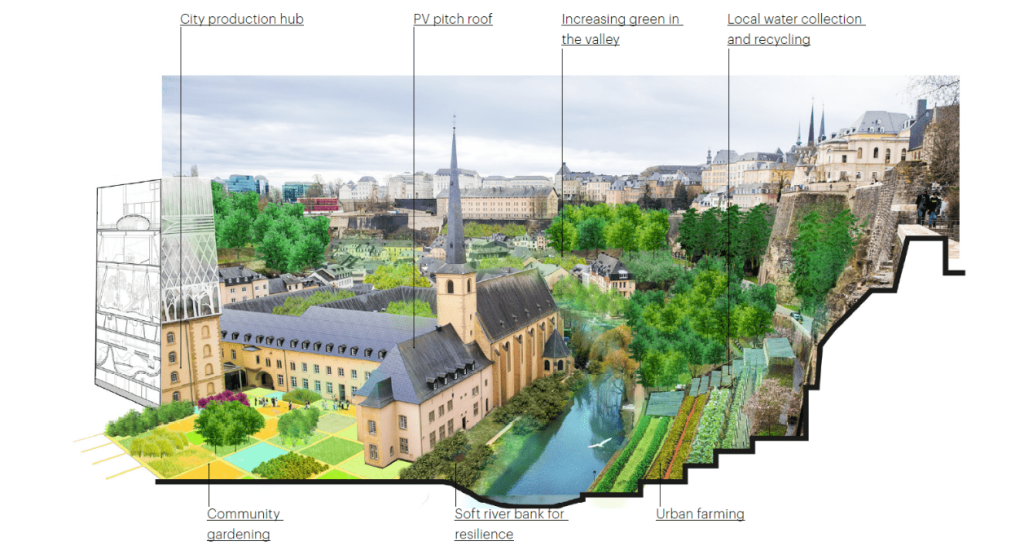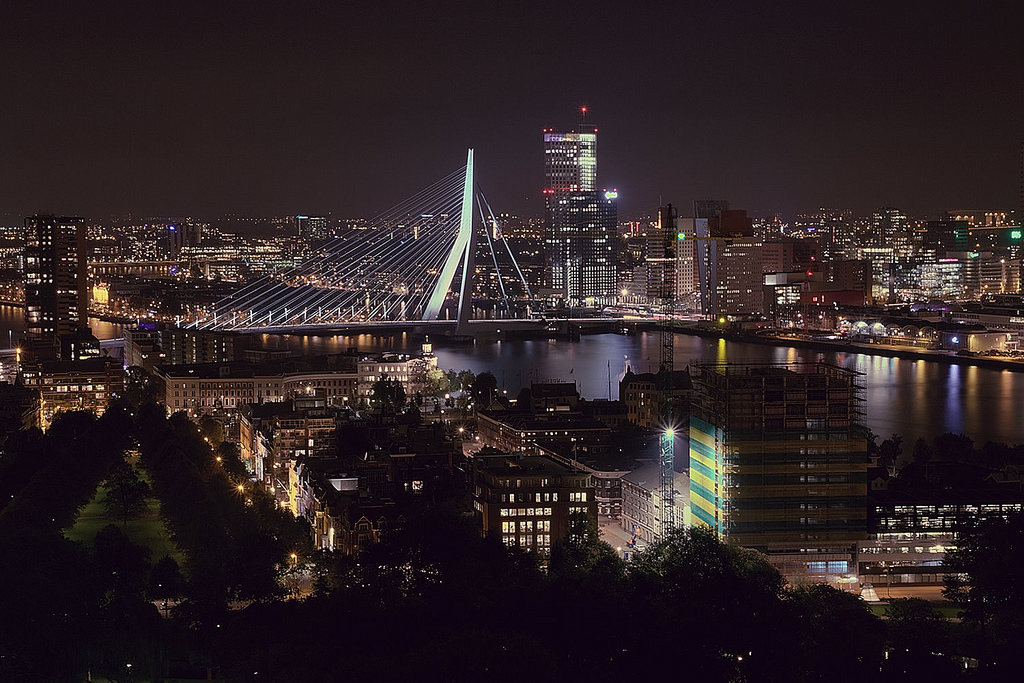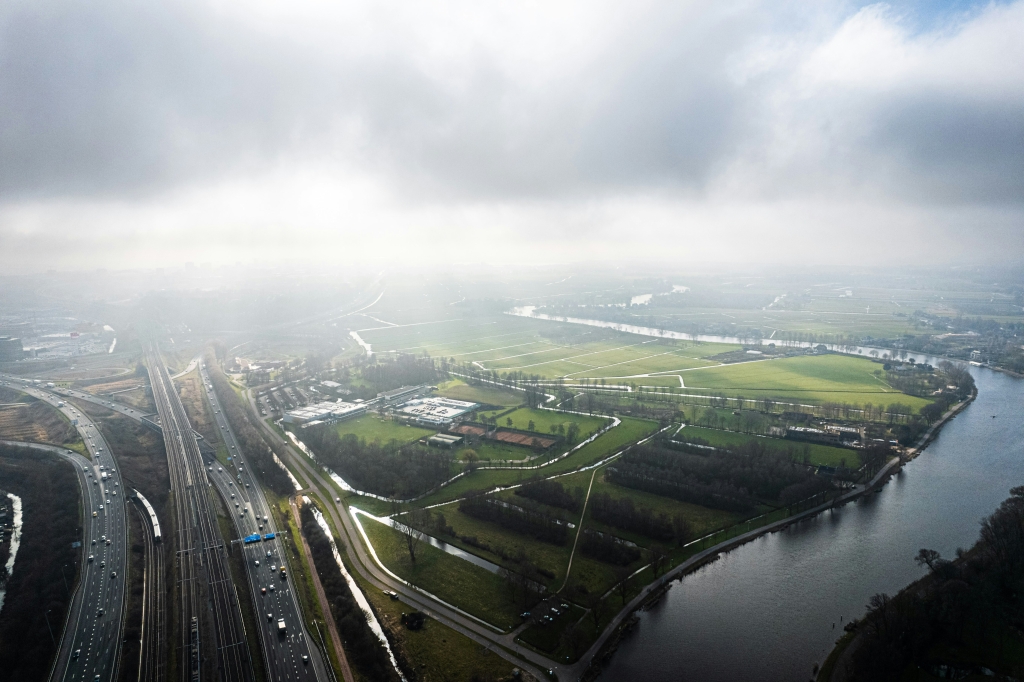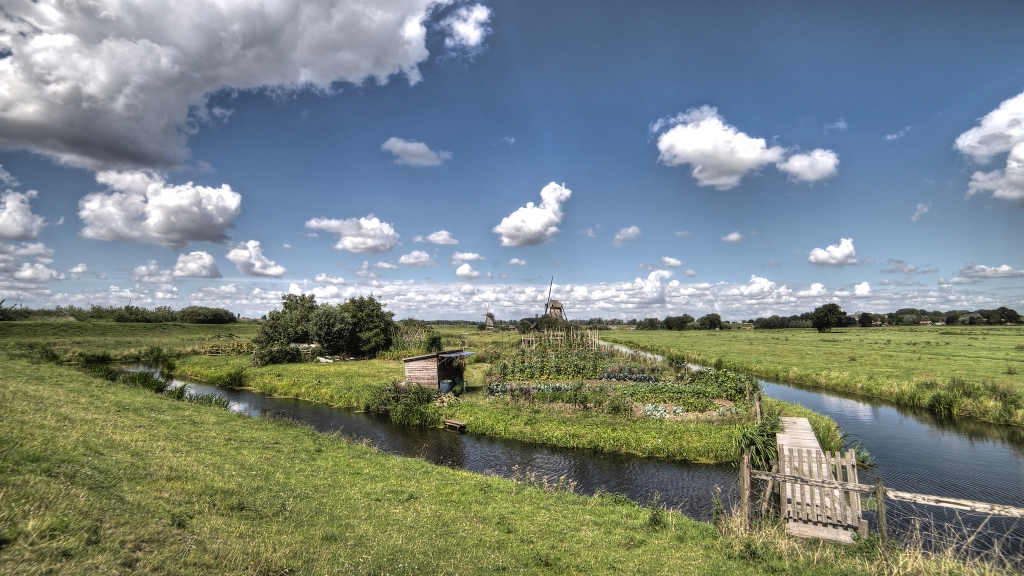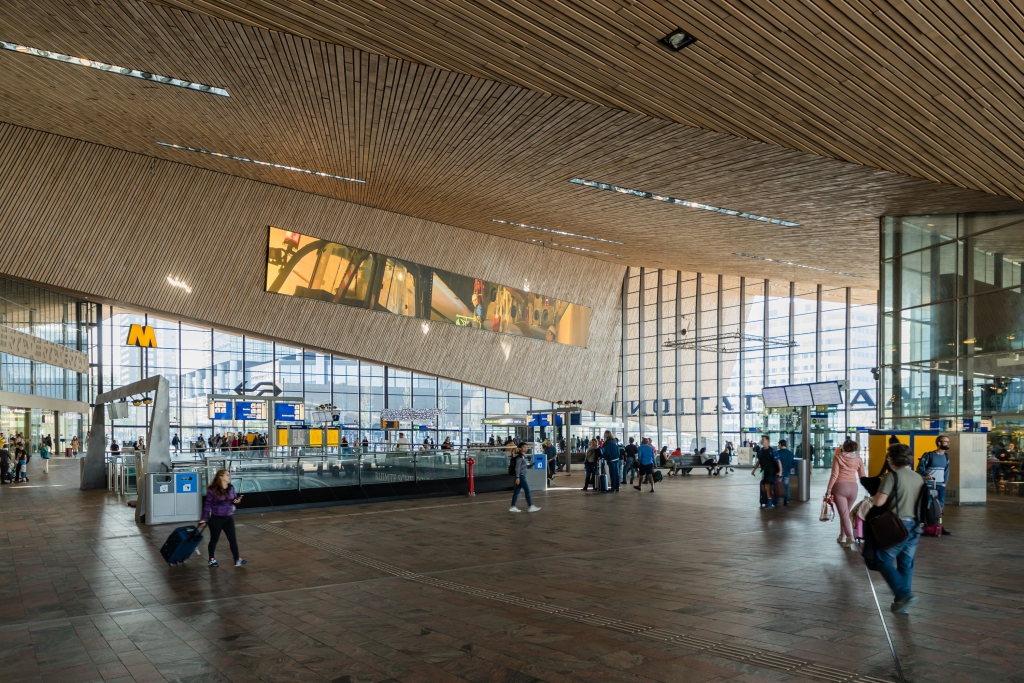More than half the world’s population and more than 70% of Europe lives in cities. So it’s no surprise that the effects of climate change and growing inequality are quite visible here – think heat stress, unaffordable housing, and poor access to green or safe spaces. Rural areas face big spatial challenges as well, such as a shrinking population, floods & droughts and increasing pressure on the agricultural sector.
DRIFT considers the spatial approach a good fit for innovation and fundamental change. The challenges and solutions are less abstract at a city scale, which makes it easier to co-create transformative innovations, such as local energy cooperations, living streets and urban farms. And outside of the city, a lot can be gained ny new forms of cooperation, between government and citizens, as well as between separate regions.
DRIFT is working together with social initiatives, governments and other partners in city and countryside to accelerate transitions to just and sustainable societies and expose injustice. Have a look at the example projects below to see how we’re setting up (translocal) networks, are monitoring policy and are faciliating ‘neighbourhood arenas’.

